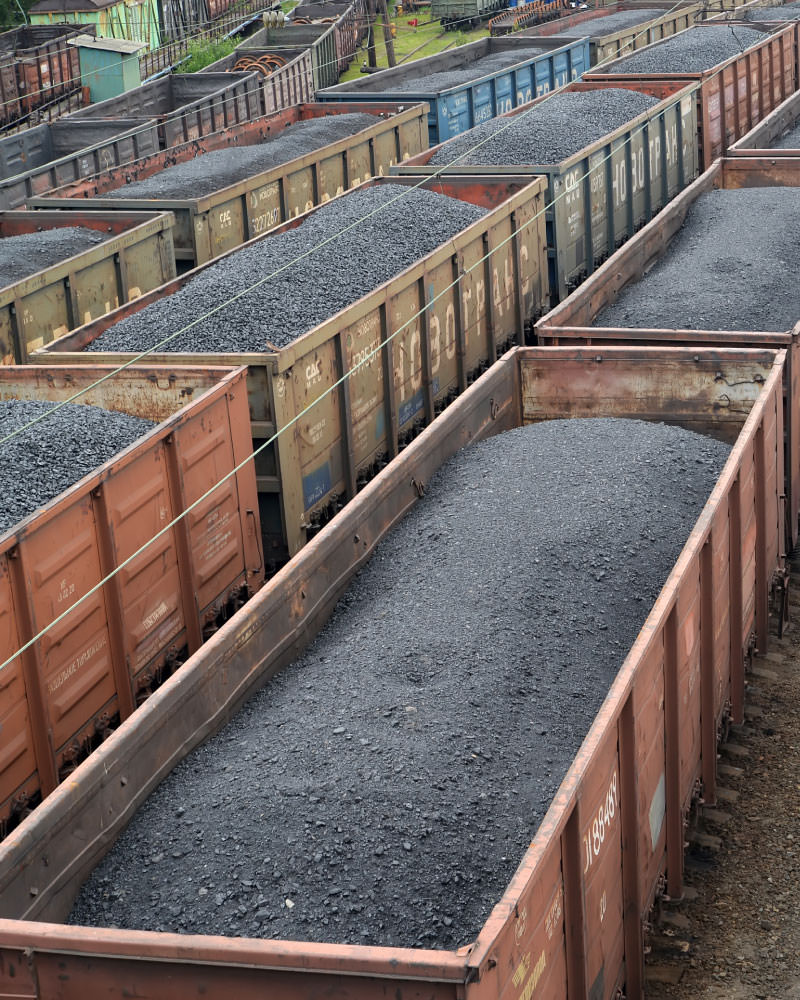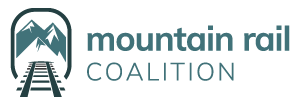About

The Mountain Rail Coalition is dedicated to bringing passenger rail back to Northwest Colorado, rekindling the historic connections that once linked our rural communities with the Front Range.
In the early 1900s, passenger and freight rail were the lifeblood of this region, transporting agricultural goods from Routt County to markets across the nation and providing a vital travel route for residents and tourists alike. However, as other forms of transportation evolved, the once-thriving rail service faded, and passenger rail service to Steamboat Springs ceased in 1968.
Today, we stand at a critical crossroads. With the impending closure of coal-fired power plants in the Yampa Valley, the rail lines that once served as conduits for coal are poised to become dormant. But with change comes opportunity. The Mountain Rail Coalition envisions a future where these tracks once again carry passengers—connecting our communities, supporting economic development, and fostering sustainable travel.
Our History
Passenger & Freight Rail in Northwest Colorado

Passenger and freight rail from Denver to Northwest Colorado was built in the early 1910s, and it was an important link between rural communities and Denver markets. Routt County was a leading producer of agricultural products including strawberries and cabbage which were shipped by rail across the country to New York markets.
At a time when personal vehicles were a novelty, passenger rails provided the most convenient and affordable way to travel to and from the Yampa Valley for business and tourism. As other forms of transportation improved, travel by train declined and the northwest route was closed to passenger rail in 1968.
The Economy of Coal

The Hayden Generating Station is one of two coal-fired plants in Northwest Colorado. Majority owner and operator Xcel Energy applied for a permit in 2007 to build a spur line, which branches off the main line from local coal mines to Hayden Station. This spur allowed for improved delivery of coal while reducing truck traffic. Construction of the rail spur was completed in 2011.
The rail continues to run from local coal mines to the Hayden Station, but the quantity of coal hauled to the plant as well as the frequency of the loads has significantly decreased since 2011. As a result, there has been discussion to return to trucking the coal as a more cost-effective option.
Partnership with the Ski Industry

Utilizing Union Pacific’s freight tracks, the Ski Train from Denver to Winter Park Resort began when the resort opened in 1940 and ran until 2009. After a short hiatus, the train was rebranded as the Winter Park Express and began operating again from 2017 through 2020 and then from 2022 to the present.
In partnership with Winter Park Resort and Union Pacific, the Winter Park Express is run seasonally by Amtrack. The California Zephyr, a long-distance passenger train between the Chicago and San Francisco areas, provides an additional passenger rail option, and travels through Denver and Winter Park daily.
Current Conditions
Coal-Fired Plants
Coal-Fired Plants
The Hayden Power Station is scheduled to close in 2028 and the Craig Station is scheduled to close in 2030. The closure of these coal-fired power plants will reduce the amount of coal freighted through the Yampa Valley and completely transform the need for and use of existing rail infrastructure. Understanding change is imminent, Union Pacific is willing to consider transitioning from freight to passenger rail.Winter Park + Grand County Transportation
Winter Park + Grand County Transportation
The Lift Public Transportation System, established in 2015, is a year-round bus service owned and operated by the Town of Winter Park. The area of service includes Winter Park, Fraser, Granby, and parts of unincorporated Grand County. The transit system integrates with the Winter Park Express rail system and regional bus services; Bustang and Greyhound. Future plans include county expansion and access to public aerial transportation.Yampa Valley Regional Transportation
Yampa Valley Regional Transportation
In 2023, the City of Steamboat Springs, Routt County, and the City of Craig began a Regional Transportation Authority (RTA) feasibility study to address the transportation needs of residents, visitors, and workers in the Yampa Valley. Stakeholder feedback indicated an interest in including rail in RTA programming.The RTA will have the authority to finance, construct, operate, or maintain regional transportation systems within its boundaries and work collaboratively with state and federal agencies such as CDOT and FTA. It is anticipated that approval of the Yampa Valley RTA will go to ballot in November 2025 with support for increased regional bus service as well as support for both commuter and intercity mountain passenger rail.
Mountain Rail Coalition
Mountain Rail Coalition
A group of local governments and private entities has been supporting CDOT and the Governor’s Office to re-establish mountain rail in Northwestern Colorado by forming the Mountain Rail Coalition. This group represents representatives from each jurisdiction along the mountain rail corridor as well as interested nonprofits and private entities.The MRC coordinates local and state efforts to ensure equitable representation across communities and communicate data, legislation, and opportunities for engagement. The MRC collaborates with other Colorado rail development efforts to achieve state legislation supporting mountain rail, and it will work to secure local, state, and federal funding.
CDOT’s Service Development Plan
CDOT’s Service Development Plan
In October 2023, the Transportation Commission of Colorado committed $5M for a passenger rail Service Development Plan (SDP). The SDP process began in December 2023.The Mountain Rail SDP determines operational and financial feasibility and define all essential elements of planning and operations including route (complete), service characteristic (frequencies), markets and station locations, infrastructure, facility requirements (types of trains and fleet size), ridership demand, capital costs, operating costs, environmental considerations, funding strategies, and overall time frame. The SDP includes an alternatives analysis, leverages industry best practices including the Federal Railroad Administration (FRA) planning process, and streamlines the subsequent permitting process.
The SDP includes stakeholder engagement for local governments, railroads, other agencies, and the general public. Input is critical for station area planning, transit connections, governance and coalition building, regulatory compliance and conformity, interest groups such as economic development and tourism, and potential customers.
The Mountain Rail SDP is currently being completed. A preliminary report was provided to the state legislature in December 2024. The final report is expected to be released in spring 2025.

